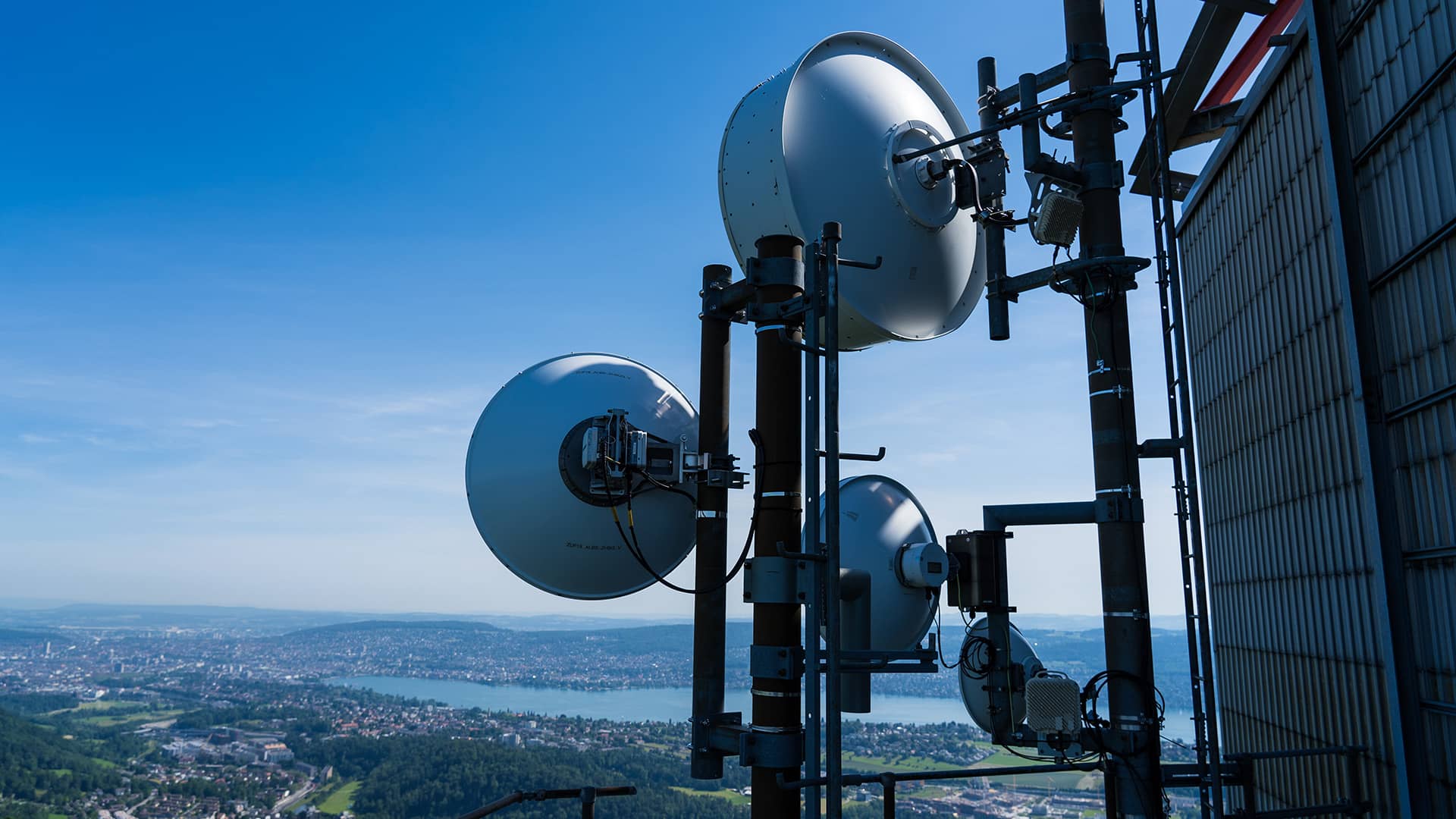During wide-scale power failures, crisis teams rely on being able to communicate within and outside their own organisation. With a reliable emergency communication solution, individual locations can communicate with each other and other important players can also be integrated. Satellite telephones are a well-known solution, but their purchase and operating costs are substantial, and transmitting large volumes of data is expensive. In particular, there is no guarantee that the service will be available when required if everyone attempts to access it at the same time.
Moreover, anyone who has ever used a satellite telephone will know that they
are not very intuitive to operate and the voice quality is often greatly impaired. Other factors, such as the weather, may also negatively impact the connection. This leaves many crisis teams, public authorities and businesses still looking for a solution that is reliable, guaranteed in an emergency, independent from foreign providers (such as satellite operators) and easy to use, which can also be integrated into daily processes.
